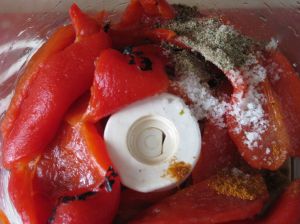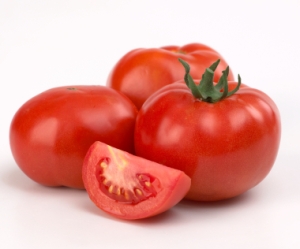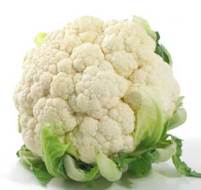Roasted veggies are probably one of my all-time favorite ways to enjoy various fall vegetables that are in peak season. Broccoli, cauliflower, Brussels sprouts, beets, sweet potatoes…hmmm what else! The caramelized flavor, the golden brown color, and the little crispy bits that get stuck to the pan, if someone doesn’t like a certain veggie – have them try it roasted and see if they like it! The veggies can be roasted in so many different ways, Italian seasonings, curry seasonings, sometimes I just prefer sea salt and pepper, or the veggies can even be mixed with Dijon mustard and then roasted. What are your favorite spices and/or herbs to use when roasting veggies?
Roasted Fall Veggies
- 2 tablespoons coconut oil
- 2 cups fresh broccoli pieces
- 1 head of cauliflower, broken into pieces
- 1 pound Brussels sprouts, ends trimmed and sliced in half
- 2 beets, washed and chopped into cubes
- 1 sweet potato, washed and chopped into cubes
- 1-2 teaspoons sea salt
- Freshly ground black pepper
- Your favorite spices/herbs (I like thyme and cumin seeds ~ 1 to 1 ½ teaspoons)
Preheat oven to 350 degrees.
In a large bowl, combine 1 tablespoon coconut oil and a tablespoon of water with the broccoli, cauliflower, and Brussels sprouts. Toss until veggies are coated with the oil. Arrange veggies on a baking sheet and sprinkle with salt and pepper and half of your spice and/or herb mixture.
Using the same bowl, combine the remaining tablespoon of oil and a tablespoon of water with the beets and sweet potatoes. Toss until veggies are coated with oil mixture. Arrange on another baking sheet and sprinkle with salt, pepper, and your remaining spice and/or herb mixture.
Note: The veggies can be roasted at a higher temperature, but I prefer to keep the temp. at 350 degrees b/c any higher than that and the coconut oil will surpass it’s smoke point.
The sweet potatoes and beet tray may be placed in the oven first for a 20-minute head-start before placing the other tray in the oven. Once both trays are in oven, bake for an additional 30 to 40 minutes or until veggies are fork-tender and golden brown.








